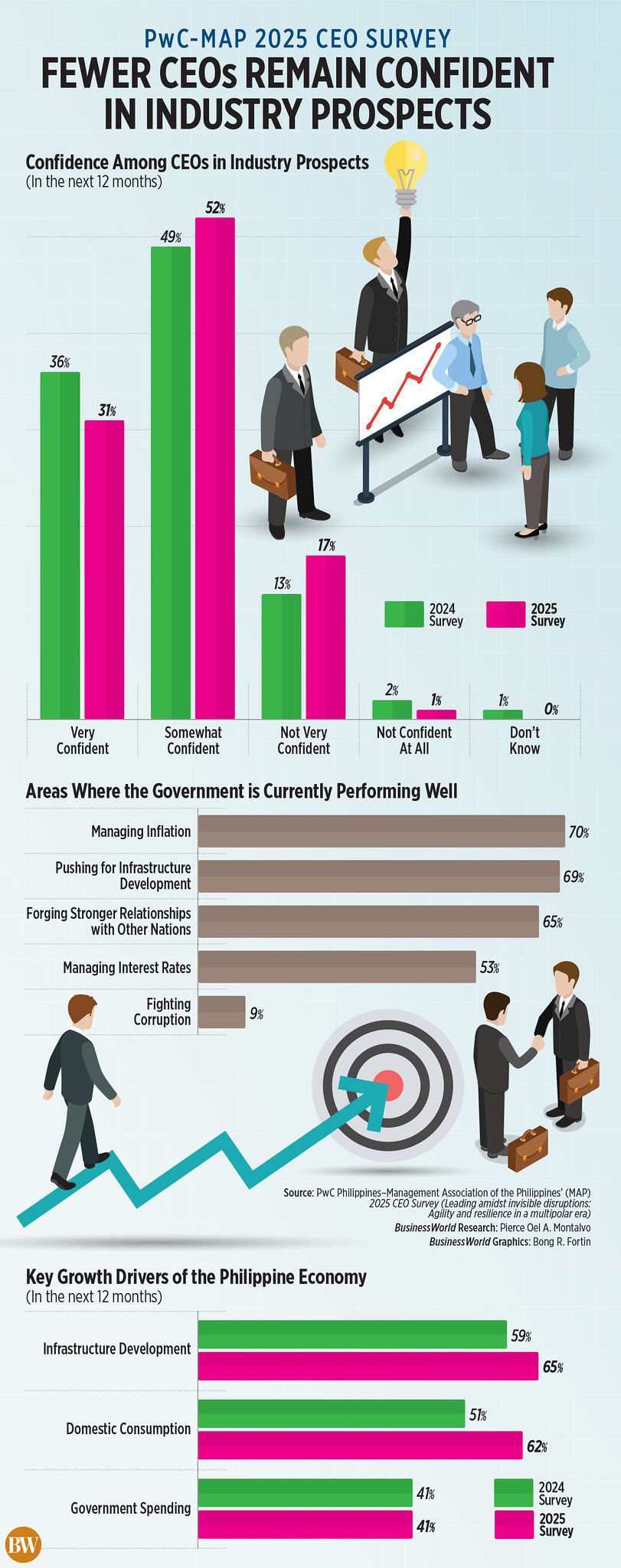- Ziggurat Realestatecorp

- Oct 8
- 1 min read
The Philippines’ unemployment rate fell to 3.9% in August, reflecting stronger hiring momentum as the labor market recovered from midyear slack.
The number of jobless Filipinos fell to 2.03 million from 2.59 million in July and 2.07 million a year earlier, the Philippine Statistics Authority said on Wednesday.

The employment rate improved to 96.1% from 94.7% in July, with total employed persons rising to 50.1 million. The jobless rate was 4% a year earlier and 5.3% in July.
The labor force participation rate climbed to 65.1% from 60.7% in July, equivalent to 52.13 million Filipinos aged 15 and older either working or seeking work.
On average, employees worked 41 hours a week, up from 40.7 hours in August last year.
The service sector remained the country’s biggest employer, accounting for 61.5% of total jobs, followed by agriculture at 20.4% and industry at 18.1%. Wholesale and retail trade, agriculture and forestry, and construction were the top employing subsectors.
Underemployment eased to 10.7% from 14.8% in July, with 5.38 million workers saying they wanted more hours or an additional job. Of the underemployed workers in August, 62.4% worked less than 40 hours a week, while 37.6% worked 40 hours or more a week.
Youth employment also improved, with the employment rate among those aged 15 to 24 rising to 88.3% from 81.9% in July, the local statistics agency said.
Source: Business World


